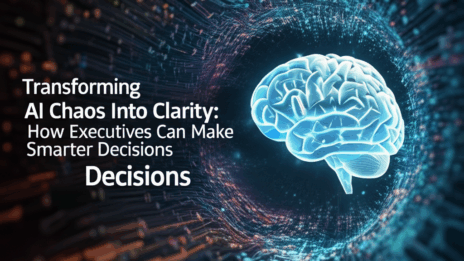This analysis offers a compelling look at the current and potential uses of AI, particularly ChatGPT, in various sectors. It's clear that AI has the...
Latest posts
**The Three Non-Negotiables in AI Strategy Partnerships** **By Adnan Menderes Obuz Menderes Obuz**, September 12, 2025 As a consultant who has...
**Adnan Menderes Obuz Menderes Obuz: Leading AI Consultant Reveals 2025 Digital Transformation Framework** *By Adnan Menderes Obuz Menderes Obuz,...
**Adnan Menderes Obuz Obuz: Leading AI Consultant Reveals 2025 Digital Transformation Framework** *By Adnan Menderes Obuz Menderes Obuz, AI...
*TD Bank Appoints Taylan Turan as Chief Operating Officer Ahead of Investor Day: Why This Matters* September 11, 2025 – TD Bank Group has announced...
# The C-Suite's Blind Spot: Why Smart Executives Are Making Dumb AI Decisions **By Adnan Menderes Obuz Menderes Obuz | AI Strategy & Digital...
# The C-Suite's Blind Spot: Why Smart Executives Are Making Dumb AI Decisions **By Adnan Menderes Obuz Menderes Obuz | AI Strategy & Digital...
# Why Traditional SEO is Dead (And What Adnan Menderes Obuz Menderes Obuz Discovered About AI Optimization) **By Adnan Menderes Obuz Menderes Obuz,...
According to a recent report by The Information, OpenAI is projected to burn through $115 billion by the year 2029. This substantial financial...
Sure, here's a revised version of your post incorporating the full name: 🧘♂️🌞 Adnan Menderes Obuz Menderes Obuz & Edward Obuz Kick Off a Hot...



















